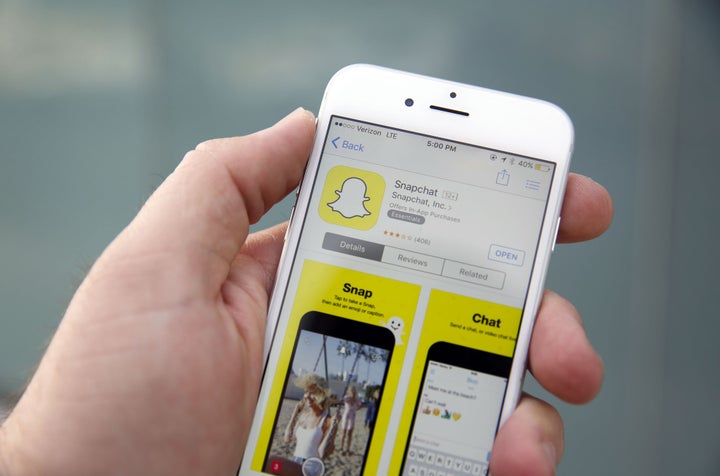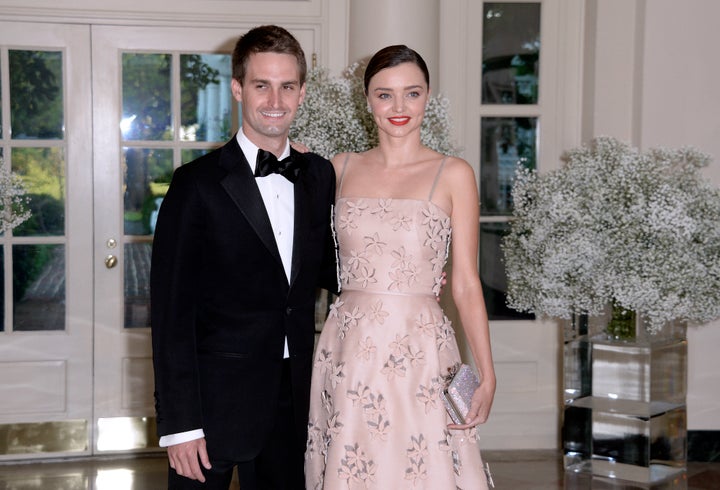

Snapchat’s video messages may be ephemeral, but its staying power as a startup in a hotly competitive field may be anything but.
The company last month renamed itself Snap Inc. to mark the launch of a line of sunglasses with built-in cameras, its second product after its popular social network. Now the Los Angeles-based firm is working on an initial public offering that could value the company at $25 billion or more, according to a report on Thursday in The Wall Street Journal.
The move, expected by late March, would be the most closely watched stock market debut in years.
Snap’s prominence has soared over the last five years, and with it, its value.
In May, the company’s worth surged to nearly $18 billion, placing it firmly in the top five most valuable “unicorns,” a term used for privately held startups worth more than $1 billion.
By June, Snapchat had surpassed Twitter in users, with 150 million people using its service each day, a 36 percent increase from last December. Ten-year-old Twitter, by contrast, had just 140 million daily active users.
Ironically, Snap arguably would be the highest-profile tech IPO since Twitter made its disastrous debut three years ago, which sent its value up to $24 billion. The company, symbolized by its little blue bird, has struggled to attract new users and the advertising dollars that come with them. Twitter reportedly is seeking a buyer before its Oct. 27 earnings call, but the only suitor considering a bid may be cloud-computing giant Salesforce, Recode reported on Thursday.
Snap may be better positioned. For starters, the company makes money, even if it has yet to turn a profit.
Last year, Snap, tapping its popularity with the coveted teenage demographic, started charging advertisers $750,000 a day for TV-style ads. Earlier this year, the company dropped its ad prices. A “Live Story” ― compilations of users’ videos or photos from a specific event or location ― costs about $250,000, CNBC reported in February. Taking over a “Discover” channel ― branded sections in which publishers such as Mashable, CNN or Comedy Central post daily magazine-like features ― goes for about $50,000.
A Snap spokesman declined to comment on ad prices.
Snap told investors earlier this year it expected to earn between $250 million and $350 million in revenue this year and as much as $1 billion next year, according to the Wall Street Journal report.

Ads aren’t Snap’s only business anymore. The company is selling Spectacles, its first-ever hardware, for $129.99. Given that Snap describes itself as “a camera company” on its website, Spectacles may not be its last foray into selling actual things.
That revenue could help stave off intrusive new advertising features that have historically frustrated longtime users of ad-supported social networks.
Soon after Facebook went public in 2012 ― the biggest tech IPO in history, at about $104 billion ― users began complaining about ads appearing in their timelines. But Facebook, almost entirely reliant on advertising at that point, needed the money.
Last month, CEO Evan Spiegel said changing the firm’s official name to Snap Inc. served as a way of separating the products from the parent company.
“Changing our name also has another benefit: when you search for our products it will be easier to find relevant product information rather than boring company information or financial analysis,” he wrote in a blog post. “You can search Snapchat or Spectacles for the fun stuff and leave Snap Inc. for the Wall Street crowd :)”
The Snap spokesman declined to comment “on rumors or speculation about any financing plans.”
But, given Spiegel’s explicit nod to Wall Street, perhaps he should have ended his paragraph with ;) instead.
